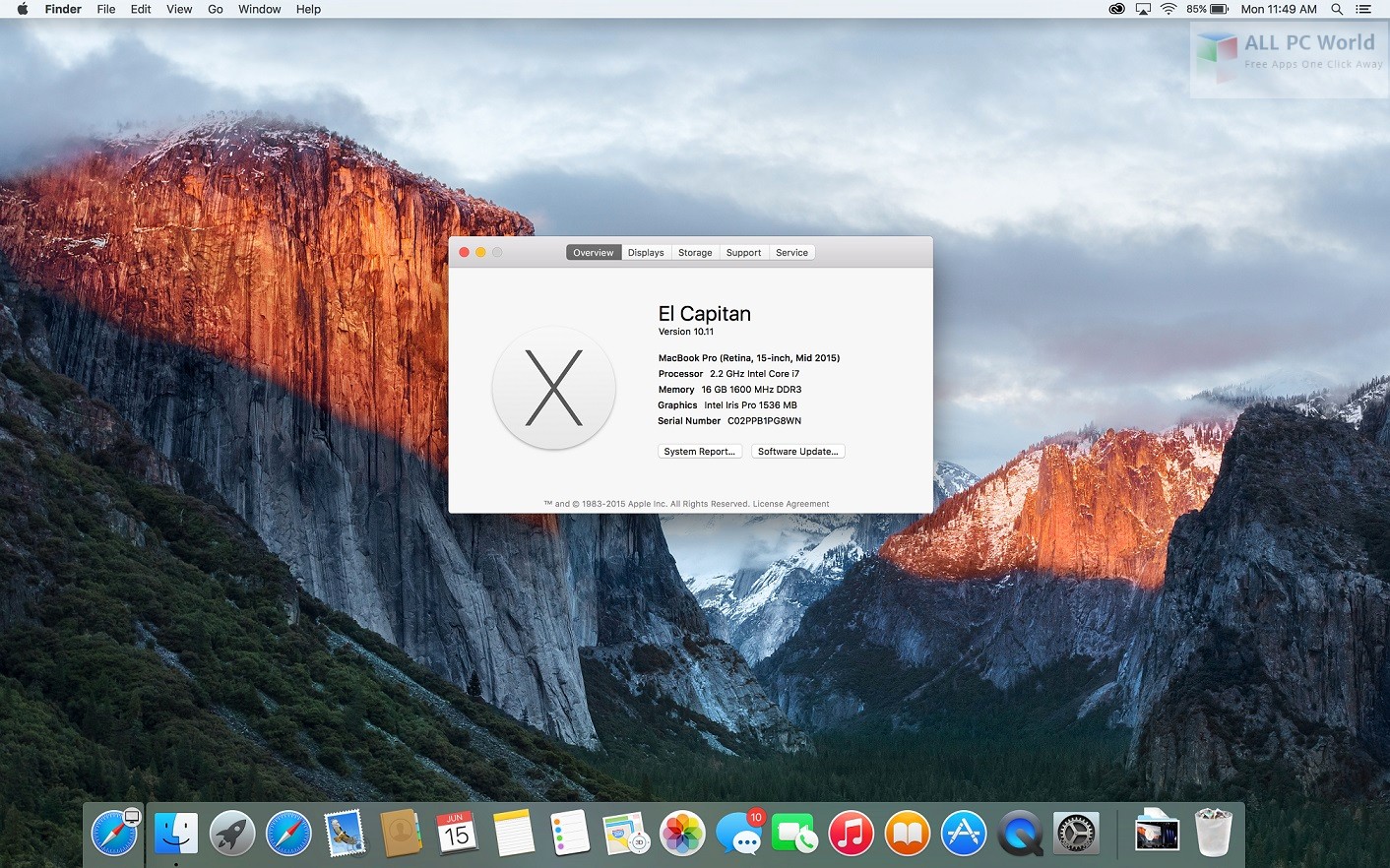
While they should be fine, squeeze those versions of Mac OS X on a 16GB drive at your own risk. Keep in mind 10.6 Snow Leopard was used to demonstrate this tutorial, so I’m not sure how much space 10.5, 10.4, and earlier require. Second, at least a 16GB USB flash drive, such as this SanDisk Cruzer Micro for about $30 at Amazon. First you’ll need an Intel-based Mac from the past few years. Now that you’re convinced, let’s figure out how to do this.

And since most Mac owners use a MacBook of some kind nowadays, portability is a valuable thing. A clean installation of the operating system can help pinpoint problems and will come to the rescue in a bind. One of the maintenance tools every Mac user should have available in case of emergency is a bootable copy of Mac OS X on a removable device. All you need to do is carry around a single USB flash drive to be ready for situations the require you to diagnose, repair, or experiment with Mac OS X. Although Macs are reliable machines, they are not exempt from hiccups.


 0 kommentar(er)
0 kommentar(er)
